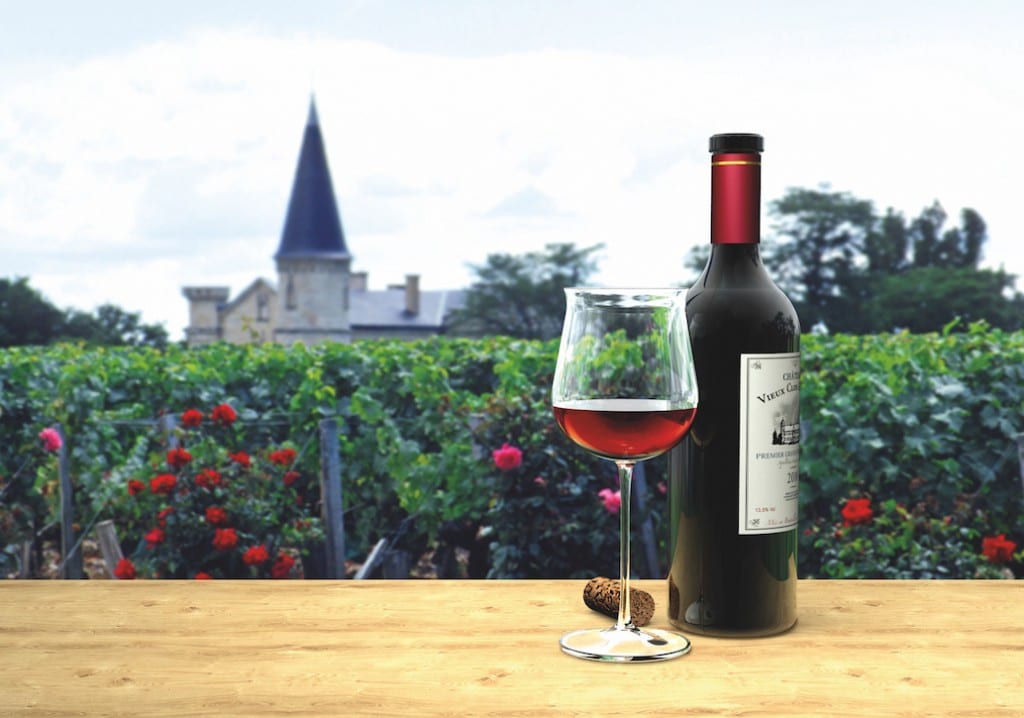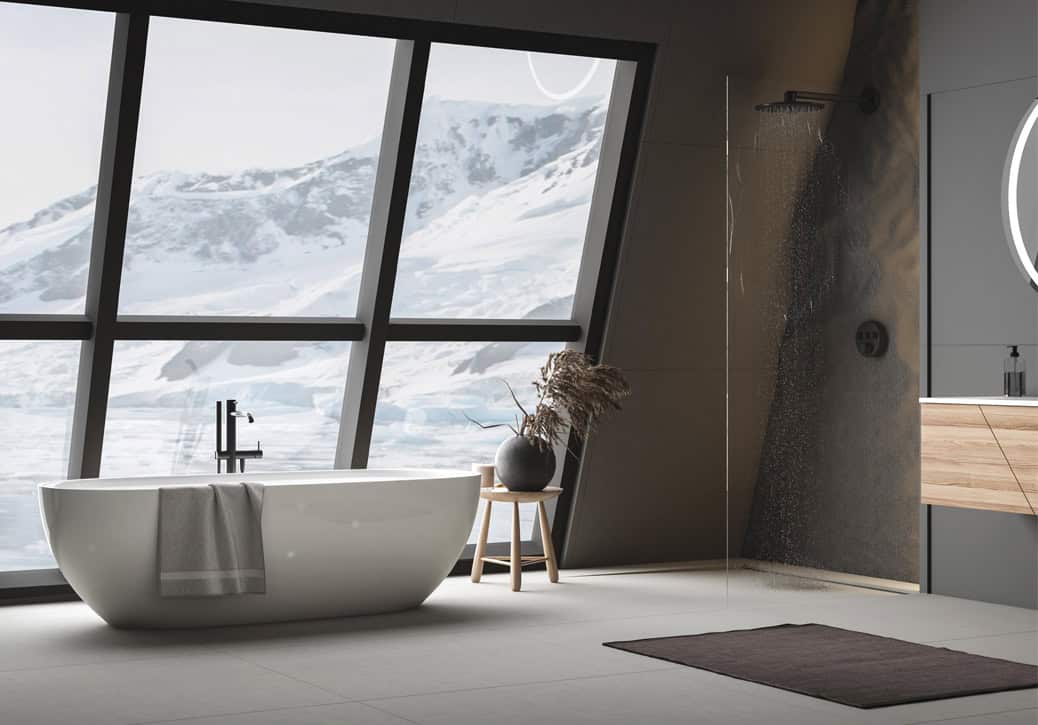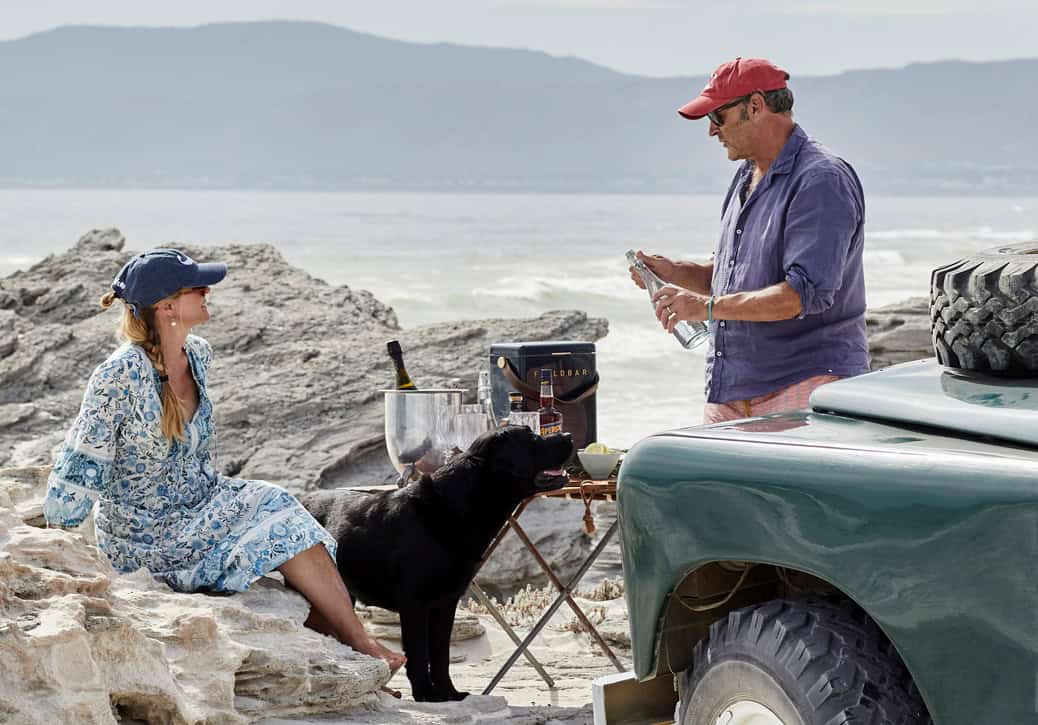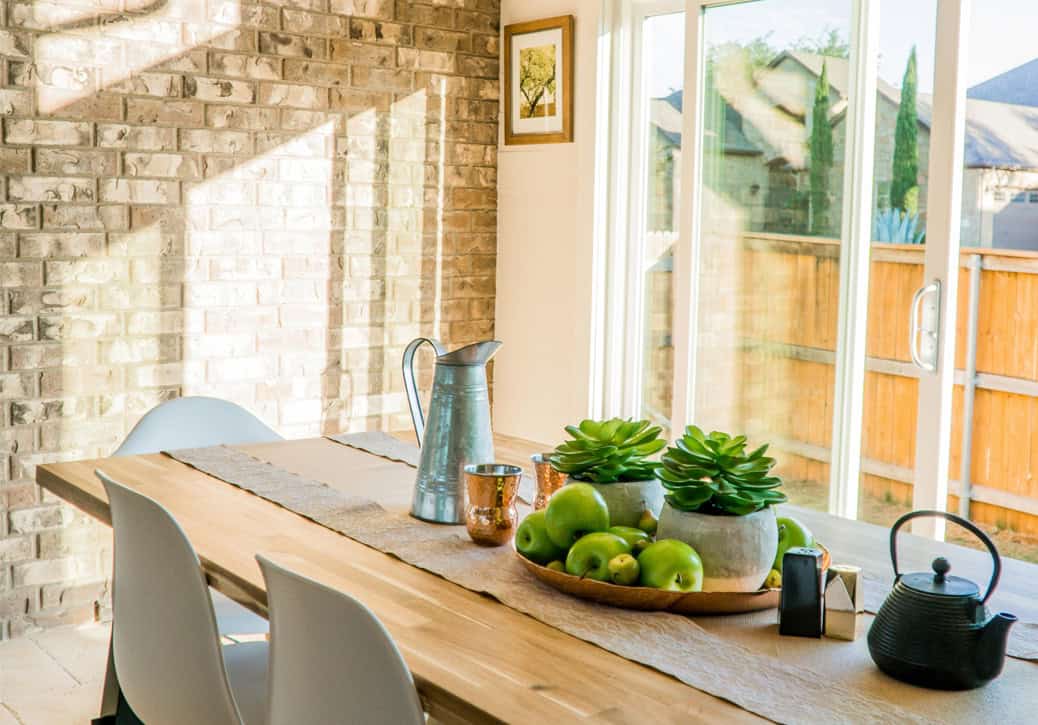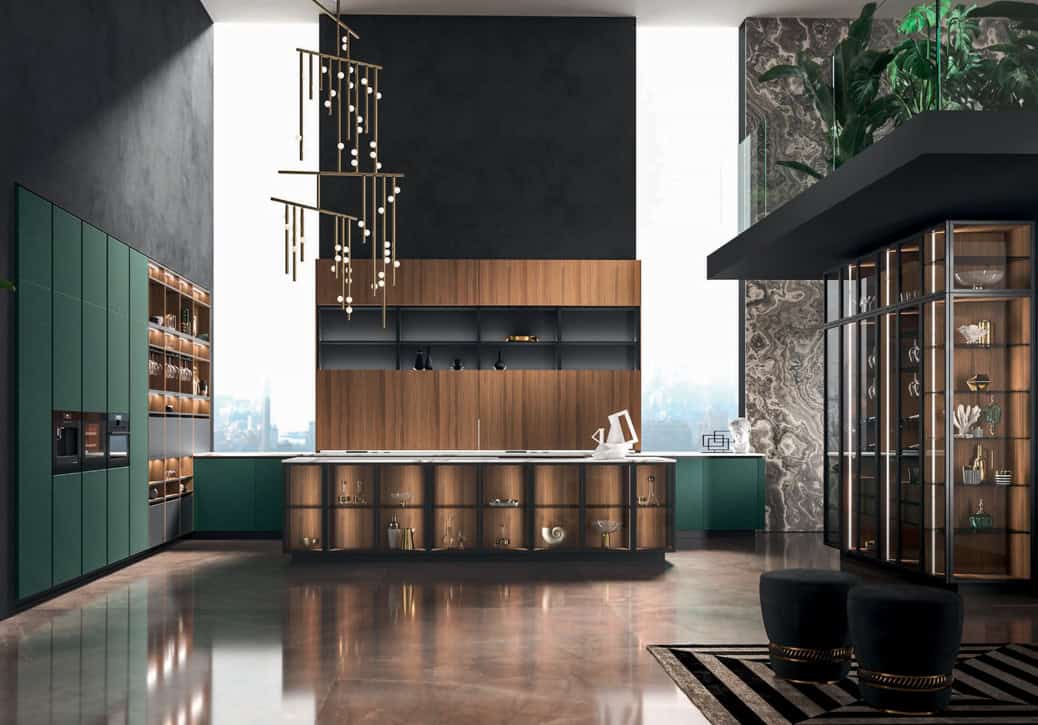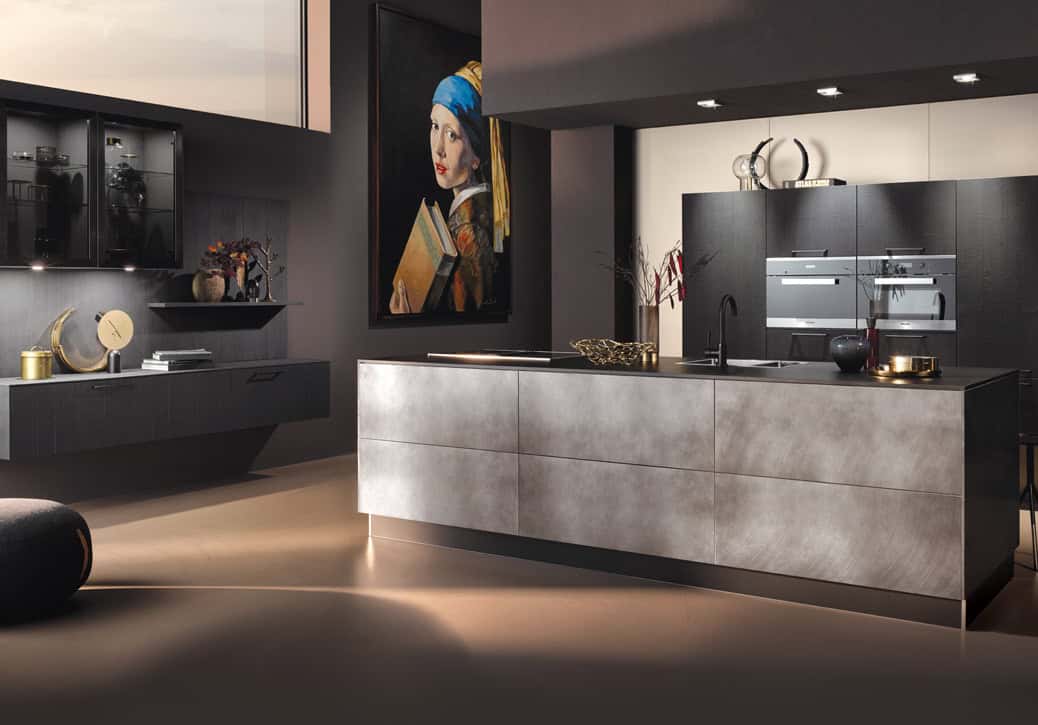As those of you who know me will realize, my birthstone is a wine cork. In the summer, I consider myself outdoorsy because I drink wine on my patio. And sometimes I even write “drink wine” on my to-do list, just so I can feel like I’ve accomplished something.
By Mark Eglington
All kidding aside, when I’m ready to safely store my vintage wine collection, I’m deadly serious about the wine cabinets that I use. As with most things, you get what you pay for, so it’s really worth doing your homework.
Being a wine collector is fun, but it takes time, travel, expertise and friends in the right places to acquire allocations of the most coveted labels. The conditions under which my Super Tuscans, Blue Chip Napas and Bordeaux Chateau vintages are matured are extremely important to me, as they would be to any wine lover. So, it almost goes without saying, short- and longer-term storage have always got to be top of mind.
Behind closed doors
Humidity, temperature, lighting and vibration are but a few of the factors to consider for long-term laydown and wine development. A built-in or freestanding stainless steel wine cooler with activated charcoal filters is my preferred way to purify the incoming air and eliminate foreign odours that might damage the wine. It is also best when air quality can be externally monitored with easy-to-read gauges.
Compressors, which, on garden-variety models are quite loud, should be whisper quiet in my books. This eliminates both background noise in the room/cellar and, most importantly, the potentially “harmful to the wine” vibrations that are quite hard to prevent in lower-quality models.
I prefer minimal-heat LEDs for a nicer presentation, while the use of insulated, UV-tinted glass creates the ideal dark storage that better vintages demand.
Worth the wait
A wine’s temperature determines its flavour and hence affects enjoyment. My side-by-side multi-temperature wine cabinets have specialized climate-control systems that generate stratified temperature conditions with high interior humidity levels. There are actually three temperature zone: One for red, one for white and one for sparkling.
Red wine can be stored at +18°C in the upper section, while the cooler lower section, with a temperature of +5°C, is perfect for sparkling wine and champagne. In addition, the temperature can be adjusted according to whether the wine is to be enjoyed in the near future or stored longer term.
Kept on their side, as they should be, each bottle in my collection has a place to call home. The “drink now” wines are within reach. I also like to sort by location and varietal. After all, when push comes to shove, a Chardonnay from Burgundy shouldn’t have to shack up with its counterpart from Chile or California.
No novinophobia here
And, last but not least, my Liebherr wine cabinets are not only built to last, but their innovative, state-of-the-art technology and perfect preventive storage conditions go hand-in-hand with show-stopping, integrated modern design. Yes, my wine cabinets are a visible focal point in my open-concept kitchen that I’m proud to show off when friends and family stop by to celebrate.
And, thanks to my ever growing wine collection, no one will have to worry about getting a case of “novinophobia” when they’re with me.
P.S. What’s novinophobia? The fear of running out of wine!
Mark Eglington is the son of a South African who taught him how to sell the very best European appliances to Canadians. He grew up in Oakville, got his MBA in Australia and, along the way, interned at the Liebherr factory in Germany.

